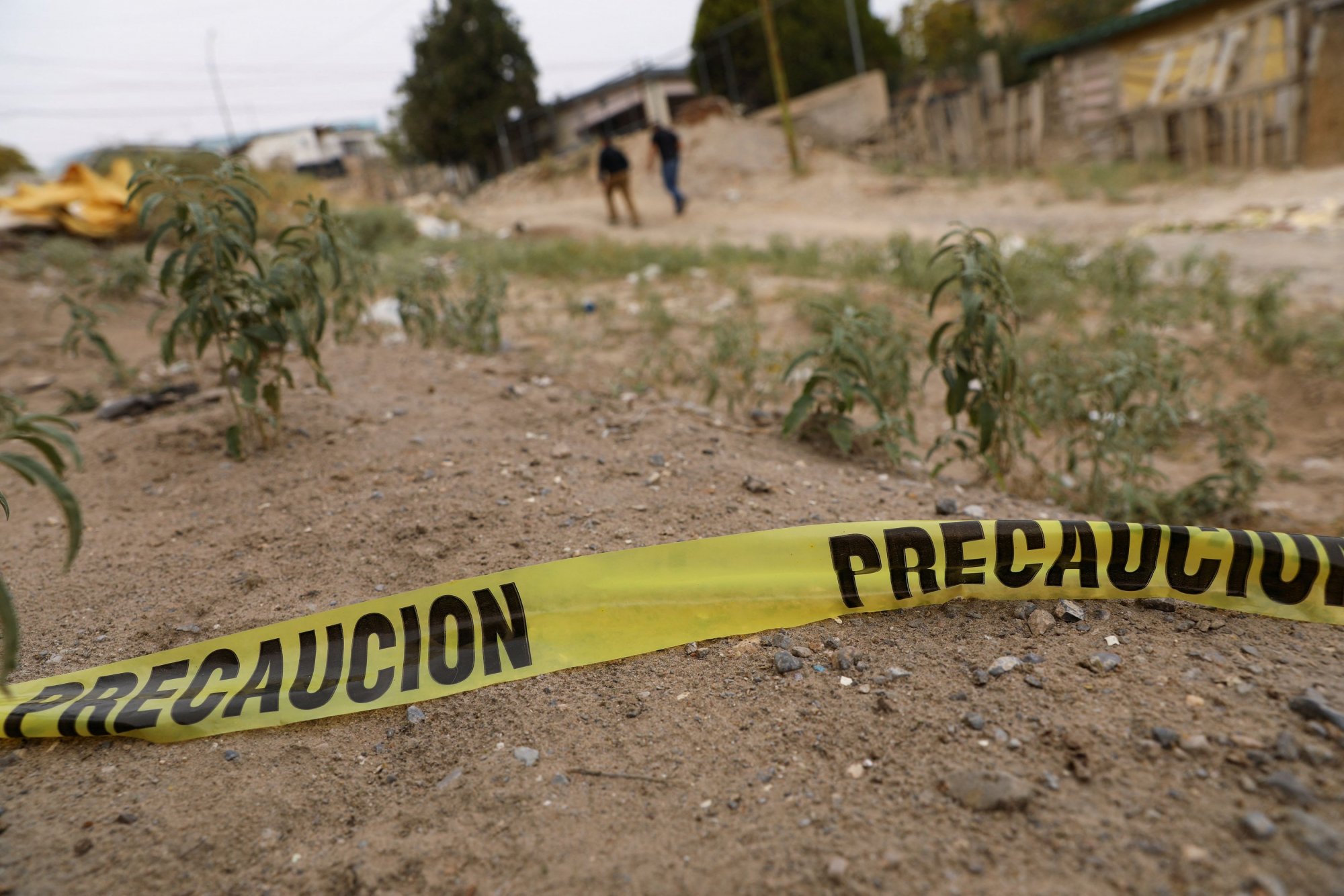
In the past, they used to say, “Chicago is ours.” They wanted to highlight the increase in crime.
The murders and rampant violence that forever scarred the American city a century ago.
This sad first place was occupied by Kolyma for a long time. What most people don’t know is that Mexico’s smallest major cities tragically still have the highest homicide rates per 100,000 residents.
As 2023 comes to an end, Colima has become the most violent city in the world with 181.9 homicides. It is supposed to be known for the active volcano from which it takes its name, but its development was marked by bloody lava.
The latest report says Colima’s rates were close to those in Medellin, Colombia, between the late 1980s and early 1990s due to drug lord Pablo Escobar and his allies’ war against the state to prevent his extradition to the United States.
However, the world record for homicide rate mentioned above is held by another Mexican city. As for Ciudad Juarez, in 2010, during the “war on drugs” in Mexico, there were 229 homicides per 100,000 inhabitants.
Colima (181.9), Zamora (177.7), Ciudad Obregon (138.2), Zacatecas (134.6), Tijuana (105.1), Celaya (99.6), Uruapan (78.3), Juarez (67.7) and Acapulco (65.6) are nine of the ten. The deadliest cities on the planet. All Mexican. The American city of New Orleans entered the top ten with a rate of 70.6 homicides per hundred thousand people. This is during the period of (official) peace in each region. It does not include countries or cities that are in a state of war or civil war, such as Haiti or South Sudan.
The “War on Drugs” was a military-led strategy that fragmented major cartels into multiple criminal gangs fighting for control of the country and destabilized local governments, leading to a massive increase in murders across the country.
By the end of Calderón’s rule, homicide rates had reached an unprecedented 193 percent, a trend that López Obrador was unable to address.
The main cause of the violence in Colima is a dispute between rival drug cartels for control of the region and smuggling routes to the United States.
According to a US Congressional report, Colima is controlled by four major gangs: the Jalisco Nueva, Sinaloa, Santa Rosa de Lima, and Unidos gangs, which fight over who is boss in the region.
These criminal organizations unleashed a wave of violence that included murders, kidnappings, extortion, robberies, and attacks on security forces.
The main cause of the violence in Colima is a dispute between rival drug cartels for control of the region and smuggling routes to the United States. Colima is strategically located on the Pacific coast, with access to the port of Manzanillo, one of the most important ports in Latin America.
Criminal groups use the port to import chemicals used in synthetic drugs and export cocaine and methamphetamine.
Local authorities are unable to contain the situation, despite receiving federal support and resources.
The federal government of President Andres Obrador has been criticized for its security policy based on the slogan “Hugs, not bullets.”
It has supported dialogue and social programs to address the root causes of violence while avoiding direct confrontation with cartels.
However, this strategy has not yielded positive results, as Mexico remains the country with the most violent cities in the world: it had 17 cities among the top 50 in 2022 with the situation not changing even in the first half of 2023.
No one suggests Colima’s fertile state for tourism. It could depend on her physical characteristics, but fear and terror reigned there now. There is no safety and no regard for human life in this 2,100 square mile area that is home to over 700,000 souls.
The citizens of Colima live in fear and despair, hoping for change that seems distant and unlikely. They are looking for a better future away from their hometown, but even migration is a difficult task.

“Hipster-friendly coffee fanatic. Subtly charming bacon advocate. Friend of animals everywhere.”





More Stories
F-16 crashes in Ukraine – pilot dies due to his own error
Namibia plans to kill more than 700 wild animals to feed starving population
Endurance test for EU-Turkey relations and Ankara with Greece and Cyprus